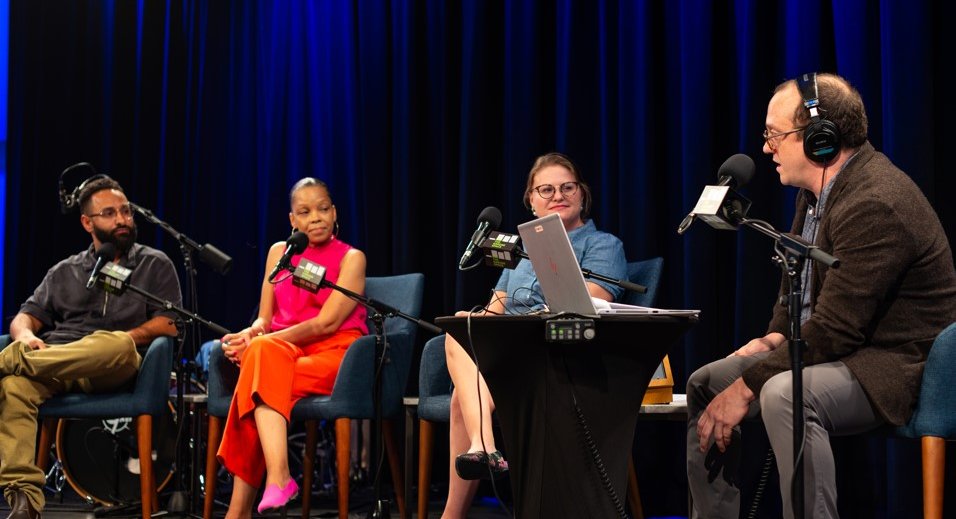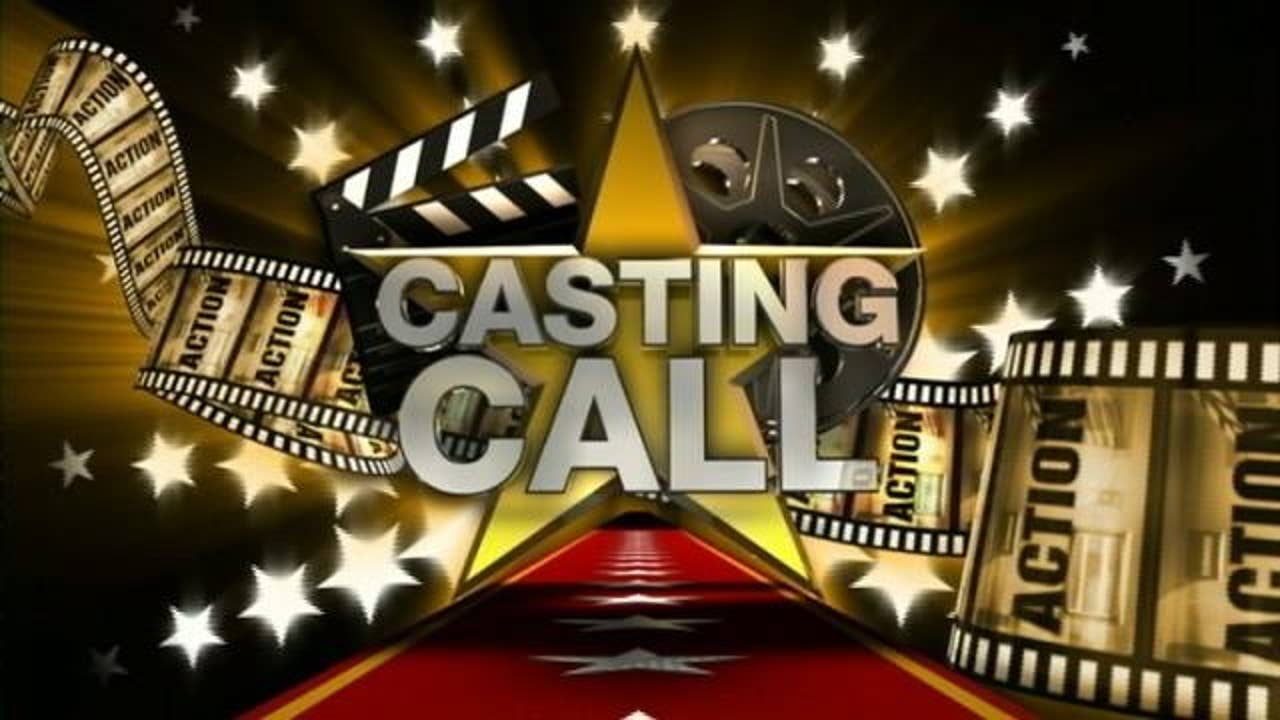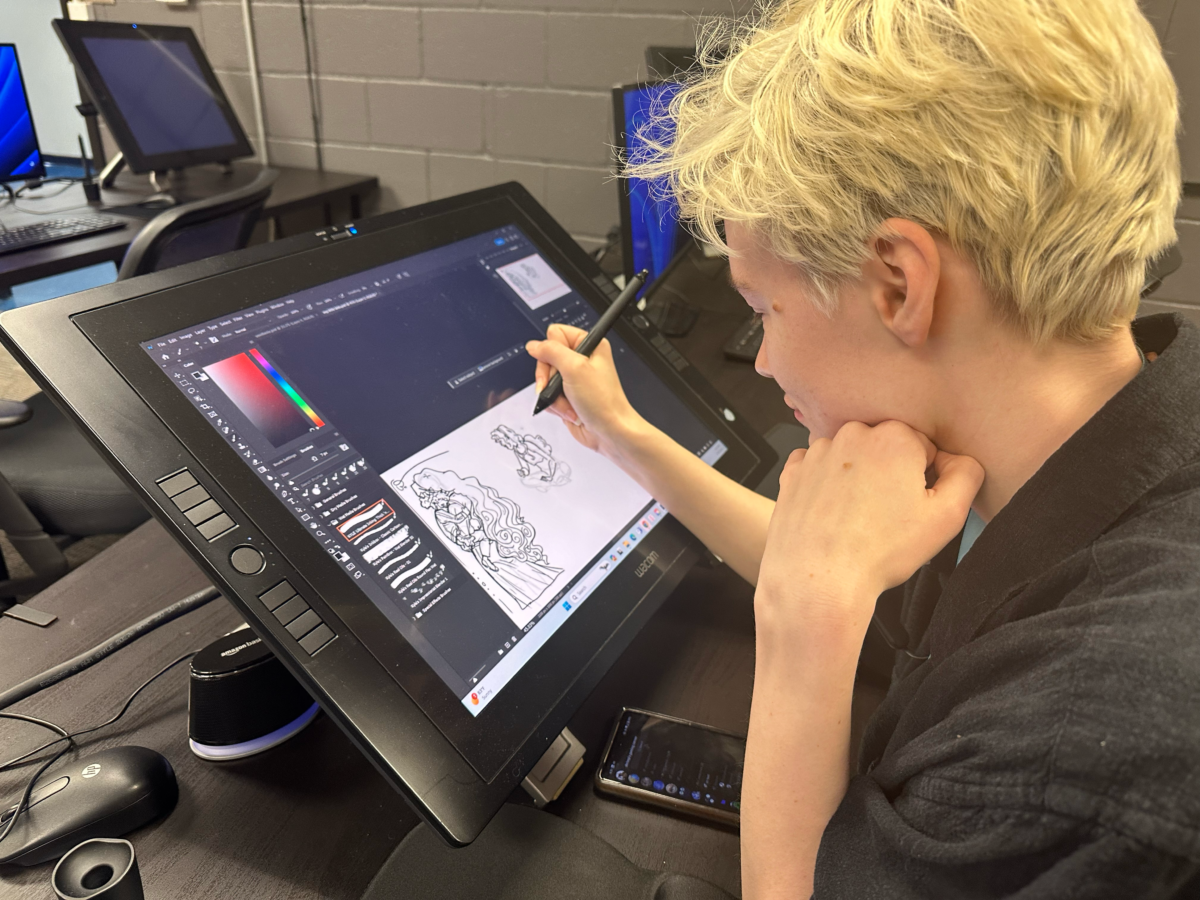How is New York City’s arts scene faring in the wake of the pandemic?
That’s the question WNYC’s Sean Carlson posed to a panel of industry experts from off-Broadway, music and dance, to see how their venues are faring in the new normal.
In a live broadcast of “All Things Considered,” Carlson spoke to Casey York, president of the Off-Broadway League; Anna Glass, executive director of the Dance Theatre of Harlem; and Jake Rosenthal, co-founder of Elsewhere, an event venue in Bushwick.
Their conversation covered everything from how fewer office workers affect the city’s culture, to why big stars like Taylor Swift aren’t necessarily the future of show business.
A lightly edited transcript of their conversation is below.
Sean Carlson: Casey, you were appointed as a member of the mayor’s 52-person council [to develop strategies to promote the city’s live performance industry]. What are its goals?
Casey York: Absolutely. And thanks so much for having me here. It’s a pleasure to be on the stage with these esteemed panelists. So, we met two weeks ago at Gracie Mansion. And it was a really vibrant room talking about big ideas. We were all asked to bring in challenges and opportunities and sort of work through a way into some subcommittees, which of course, that’s something you have to do.
The thing that got me the most excited was looking at ways that we might alchemize some really big ideas around real estate, right? There’s a lot of vacant office spaces in New York City, in Midtown. Could those be converted into performance spaces? Into affordable housing for artists and arts workers?
That’s what makes New York what it is – the cultural lifeblood, and figuring out ways that we might work across industries to have partnerships from the nonprofit side, the commercial sector, and think in the brave ideas that artists are so good at doing.
Jake, we’ve heard a lot this summer about Beyoncé, right? We have Taylor Swift and her Eras Tour. Everyone’s going to these things. So, clearly the big concerts are doing okay. Is that the same for smaller venues like Elsewhere?
Jake Rosenthal: It’s really interesting, because I think that, for us, we’ve had one experience, which is that 2022 — post-pandemic — was our strongest year by attendance and 2023, this year is about to be even bigger than that. So we’ve had one experience with the way that music and live performances come back post-pandemic.
But I think that a lot of times we talk about these massive tours, these arena tours — Taylor Swift, Beyoncé — and I think for independent midsize, small venues, these can become a little bit of a boogeyman in the discourse.
But I think what’s really interesting actually, from our perspective, you zoom all the way out, our culture is actually producing less of these megastars over time, less megahits over time.
And so while this becomes a conversation about how these types of large tours are taking the air out of independent arts and things of that nature, when you really look at the numbers and statistics, we’re actually producing less of those kinds of megastars these days.
For example, in 2016, the top 100 tracks on streaming took about 10% of all airtime. And now we’re down to about 4% for those top 100 tracks across all streaming. We see this in the Billboard charts as well, 2001 to 2009, about 30-plus first-time artists cracking into the top 10. These days, that’s no more than 10, 11, 12.
So the reality is actually that culture is fragmenting and if I were a sort of a big producer of large events, I’d be actually wondering: How long can we squeeze that stone and how much are we going to get out of it? From our perspective, culture is fragmenting in a big way. And that’s a huge opportunity for midsize and small presenters.
Anna, what are the ways that the pandemic has changed how the Dance Theatre of Harlem operates? And is it back to pre-pandemic levels?
Anna Glass: Unfortunately, it is not back to pre-pandemic levels. While Dance Theatre of Harlem has seen great success from a fundraising standpoint, and certainly from an audience engagement standpoint, we are not yet seeing the numbers in terms of earned revenue. And we’re also contending with higher expenses to do what we do.
So, Dance Theatre of Harlem is a touring company. It is far more expensive to travel around the country than it was pre-pandemic. And so, we are being squeezed.
While we see a lot of energy from our audiences, the revenue just isn’t there yet. We’re also seeing this other aspect where inflation is really having people think twice about where they’re putting their dollars.
Jake, I understand that during the pandemic Elsewhere hosted things like virtual parties for the video game Minecraft. Elsewhere also launched a new initiative this year: a membership program. How else has the business had to evolve after the pandemic?
I think that the first thing that we noticed during the pandemic was that, no surprise, people were sitting in front of computers for essentially two years and looking for live experiences. Mostly though, I think much more beyond that, looking for the sense of togetherness that they receive from live experiences and music community in general and looking for community.
I think that the first thing we realized very quickly was that we had to stop thinking about ourselves exclusively as a physical space where that happens, but also begin to think of ourselves as a place that could build digital stages as well as physical ones. In fact, more and more now, the lessons we took out of the pandemic were about how a cultural presenter in 2023 and beyond has to start thinking of themselves as a digital stage as well as a physical stage.
We used that time to really do these digital experiments and bring people together on Twitch and Minecraft and all these digital platforms, testing them out one at a time and learning about how to, you know, build digital community.
What came out of that was our membership program, which includes things like live broadcasts – very, very similar to this – for our music community and digital content involving chat and things of that nature.
Our thinking really connected to our mission, which is about bringing people together with a shared passion of new music. We took that into the digital space, and we feel that that can be done online as well as it can be done in real life these days.
Casey, what are some of the challenges that off-Broadway faces that Broadway Broadway does not?
So off-Broadway, our primary audience really is New Yorkers: the tristate, the five boroughs, the local folks coming to see a show after work in an office or making a date night or a family outing on a weekend.
With the changing labor trends and declining office use, that core audience is coming less frequently to see shows. So attendance and ticket sales is one of the greatest challenges. It’s hard to compete with Netflix and the couch.
Leaving your house is tough after a long work-from-home day, I get it. So I look around this room full of cultural enthusiasts, and I know the listeners at home understand and are craving that ephemeral thing that only happens when you’re in the room with the art while it’s being made. It’s different every day.
When you buy a ticket to see a show, it’s contributing not only to the economic revitalization, the job retention and creation that we’re talking about from a budgetary perspective, but also building community, telling stories, and really seeing something fun. Off-Broadway Week just started yesterday. So with New York City tourism, we have 31 shows right now. You can get a two for one deal. It’s our 14th year. And there’s comedy, music! There’s revivals, there’s plays! It’s something for everyone. And that is different from what you can get at home. You do have to leave, but when you get there, it’ll be worth it.
Anna, in our last minute, dance performance and ballet has been pretty traditionally siloed. I think it’s fair to say people of color already faced barriers to entry. So, in this transitional moment that we’re in, what are your hopes for the future of equity and in the industry?
Great question. My hope for the future is that we see an experience where all people understand that ballet belongs to them. That people not only see themselves on the stage, they see their stories projected on the stage, that we see leadership that’s reflecting the diversity of this beautiful country, and that people understand that ballet is relevant. That we are not some snooty, high-art thing. You can experience yourself and experience the greatness of what’s possible through ballet.




